Super Bowl commercials are always entertaining, but year after year only a few get it right.
While the internet’s abuzz today with the good, the bad and the ugly from last night’s ads, two brands were able to stand out from the noise and deliver something meaningful. No, we’re not talking about Audi and 84 Lumber’s ads despite their's being two of the more anticipated ones and most talked about. For us, last night’s winners were Tide and Google.
In an earlier post, we talked about the one requirement every piece of content needs to have for a brand to make a meaningful connection with its audience: relevancy to both the audience as well as to the brand itself. And as obvious as that may be, it’s hardly as common and often quite difficult to execute.
What Tide and Google did with their ads are things any small business can do in their marketing, even without the Super Bowl platform.
Tide: #BradshawStain
When this aired at the end of the second quarter, it took us a minute to realize Terry Bradshaw’s stain was intentional, and that’s brilliant. Tide created a problem that the internet did not hesitate to point out, tweeting Bradshaw and laughing at his expense before we all caught on. This problem was something Tide is, of course, uniquely positioned to solve. The spot (the commercial, not the stain) itself was not only entertaining, but it seamlessly transitioned the viewer from what they were already watching (relevant announcers during the Super Bowl) to a commercial. They even gave viewers a chance to think of their brand before mentioning it themselves, making it even less of an interruption.
Google: Google Home
In introducing us to their new product, Google made their message very clear: Google Home makes it easier for you to enjoy your home. The commercial highlighted the product’s key benefit through various snippets of relatable people using Google Home to solve problems.
That sounds simple enough, but what really made this commercial interesting for us was something that happened during its airing. For some who owned a Google Home, each time a person gave the command “Ok, Google” before their request, their own Google Home responded. The result? Google found a way, which may or may not have been intentional, to personalize the experience by taking it beyond the TV screen, and right into their customers’ living rooms.
Could that have become annoying after one full minute? Possibly. But was that memorable and relevant for Google’s audience while simultaneously being brand relevant? Most definitely. And the conversation that sparked with customers sharing their own experiences afterwards didn’t hurt either.
The Takeaways
#1. Solve a timely problem to spark a conversation.
For Tide, this meant creating the need to solve one against a backdrop that was relevant to Super Bowl viewers, and creating a story around that to advertise their product. For you, this means thinking about how your brand provides your customers value, and actively seeking out timely topics where that value is relevant to get people talking.
#2. Show your brand’s benefits through unforgettable storytelling.
In a relatable way, show how you can solve your customer’s problems and add value to their lives. If you have an opportunity to create a promotion around them actually experiencing it, that's even better.
If you do have a Super Bowl sized budget, it might be useful to note that Today’s Ad Meter ranked ads with hot-right-now celebrities highest. While we liked Kia’s “Hero’s Journey” and Honda’s “Yearbooks” because they made us laugh, we’ll bet that by tomorrow we’ll either get the car brands mixed up when referencing them, or forget them both entirely.
Which ads were your favorites? Any insightful tidbits you took away from a commercial? We’d love to hear!









